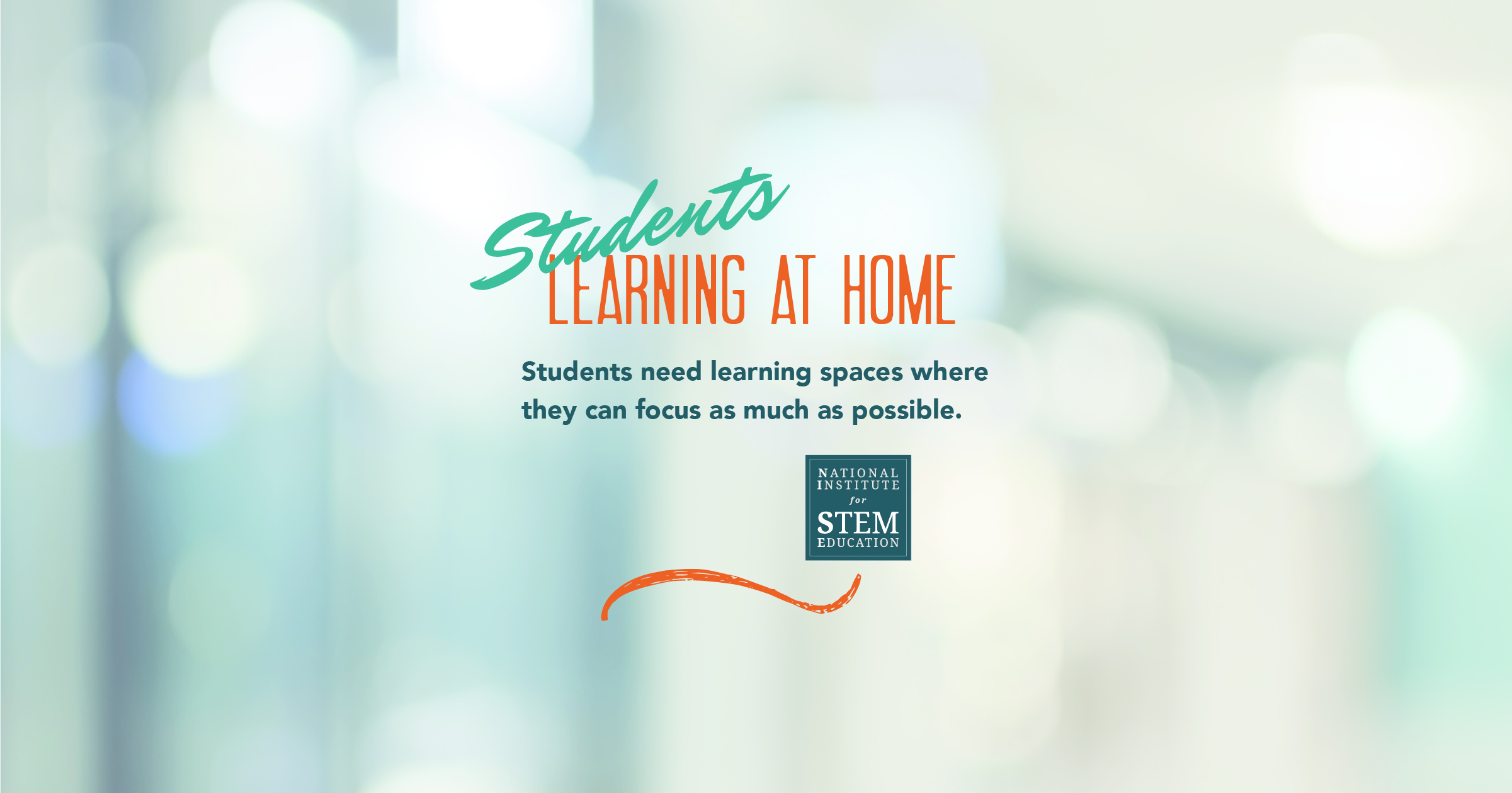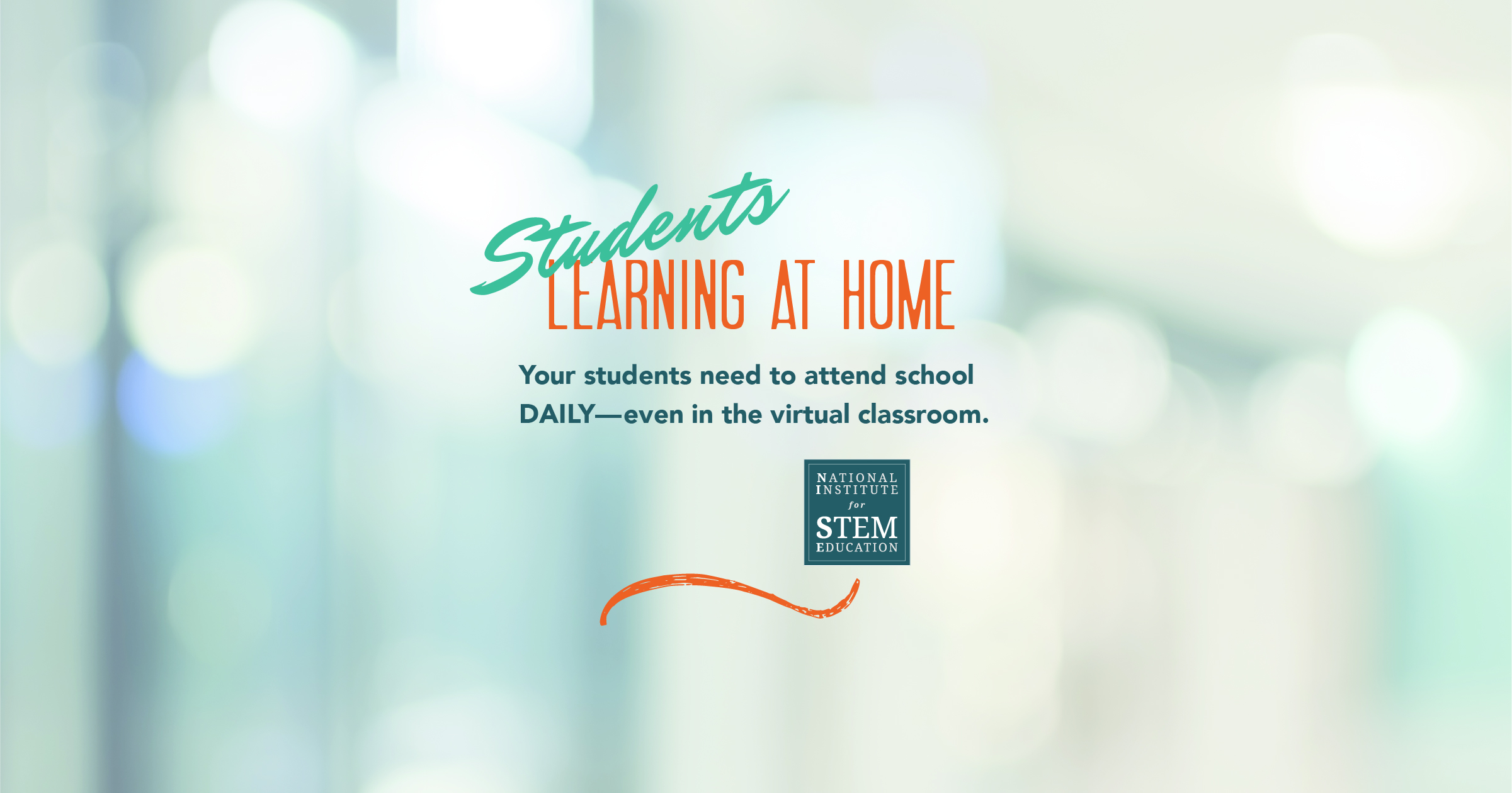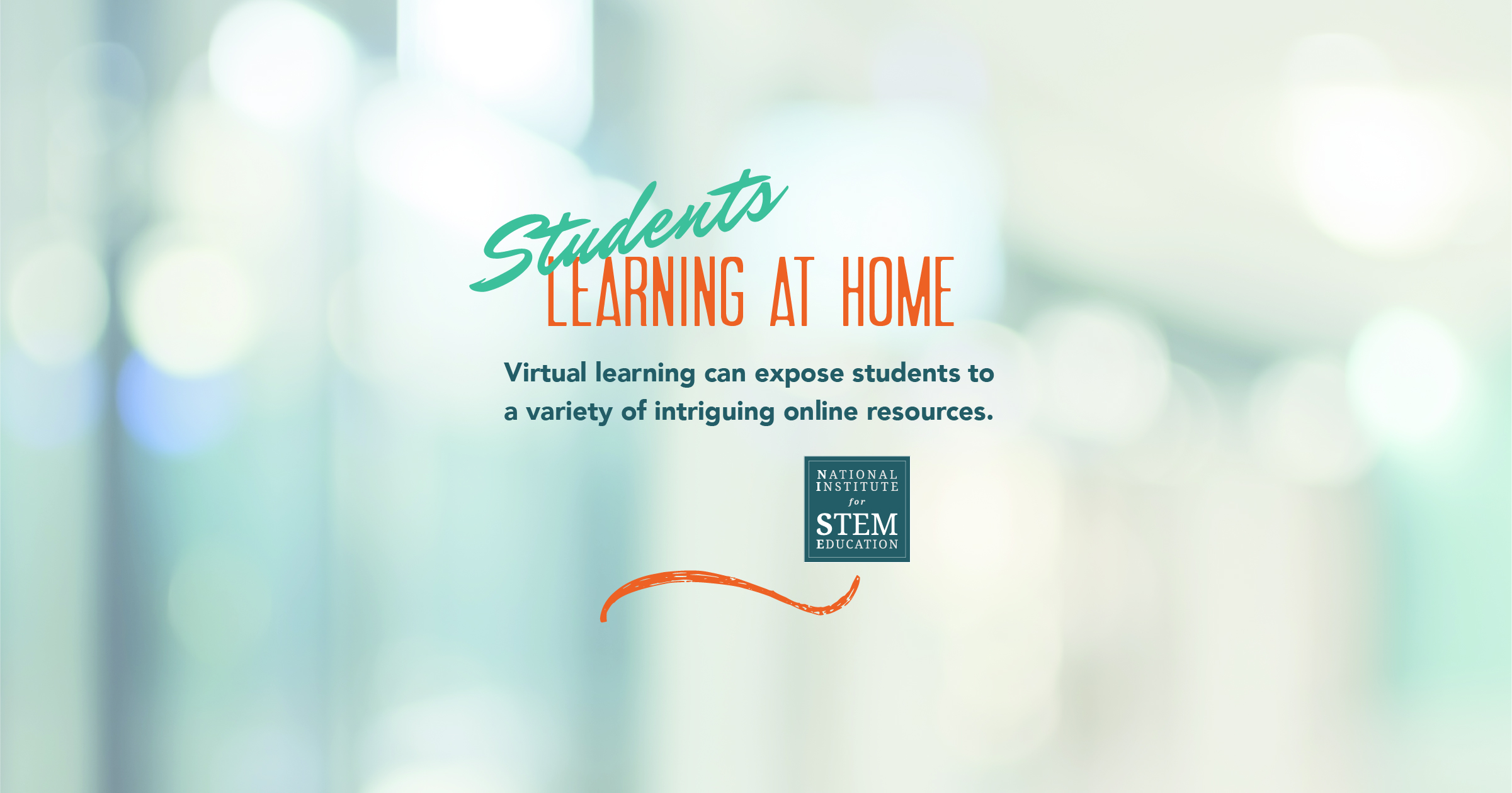As students transition to online learning, educators must help them understand what “doing school” will look like as their home becomes their school.
In this third edition of the series Making Online Instruction Work – Now!, we explore ideas to consider and share with your students and parents to help their home become “school.”
You can help your students by considering three important questions about learning remotely:
- Where will your students learn?
- When will your students learn?
- What will help keep them motivated?
Where Will Your Students Learn?
While learning at home, students need places that support their learning. Their learning space does not need to mirror the classroom; however, clearly defining learning space(s) in the home provides structure that benefits both your student and other members of the household.
- Encourage your students to establish a consistent learning space (or two) where they can concentrate. Keep in the mind the range of needs your students have. For some of your students, their learning space may be:
- a separate room
- a specific place within a room
- a table or counter space
- a landing or stairway
- somewhere at a parent’s job
- Encourage your students to eliminate distractions as much as possible. Here are a few suggestions:
- Use headphones.
- Focus on one task at a time.
- Position yourself away from home activity.
- Have only the materials you need right in front of you.
- Organize critical supplies so they can be easily found when needed.
- Make it clear to others when you are “at school” while at home.
Tip: Students need learning places where they can focus as much as possible.

When Will Your Students Learn?
Learning (and teaching) online offers flexibility and personalization, allowing students to spend extended time on tasks of high interest, take breaks when needed, and work at their own pace. However, most students need help thinking through how to manage their time. Below are tips you may want to share.
- Encourage students to do schoolwork every day.
- Set consistent times for learning tasks each day. Keep in mind, for some of your students this time may:
- be scheduled and monitored by an adult in the home
- be primarily driven by a student’s own initiative
- depend upon the availability of the family computer
- depend upon other family members’ availability, needs, and wishes
- Encourage students to work from a daily to-do list you provide. Suggest that they
- post it where it can be easily viewed
- check off completed items
- check off items as they are turned in
- Encourage students to take short breaks. Breaks can be:
- prescheduled to take place every 15-40 minutes
- prescheduled to take place as tasks are completed
- adjusted according to the age of the student
- scheduled and monitored using timers
- a way to alternate hard and easy tasks.
Tip: Your students need to attend school DAILY—even in the virtual classroom.

What Will Help Keep Them Motivated?
There are typically many variables that help students stay motivated while at school - everything from seeing friends to participating in special classes such as physical education or music. The online classroom needs to provide the same motivation, but the “how” needs to adapt to the change in format.
Here are some things teachers can do to help keep students engaged with coursework. Do you notice these items are the same, whether on-site or online?
- Be explicit about what students are supposed to complete.
- Provide timely feedback.
- Acknowledge students' efforts!
- Focus on the things that are working, and that are within your, and your students’, control.
Learning online does not have to mean learning alone! As described in our Virtual Relationships Matter blog, it is important that students continue to interact with peers when learning from home. There are many strategies educators can use to keep students engaged with others.
- Collaborative Projects
Properly structured group work and collaboration are valuable learning tasks. To support interdependent virtual work, make sure students know:
-
- what learning outcomes and deliverables are expected
- the roles and responsibilities of group members
- how to use the required software
- how grading will work
- when and how to turn in work
- Online Group Activities
If we use the dynamic resources available to us, there are many opportunities for students to engage with others in motivating activities throughout their day! Here are a few options, all of which are possible virtually:
-
- reading buddies
- virtual museum tours, like the ones History.com highlights here
- art lessons
- science demonstrations and labs, such as those from PhET Interactive Simulations
- Zoom breakout rooms (search #teachingwithzoom on Twitter for inspiration)
- shared Google docs
Tip: Virtual learning can expose students to different and intriguing online resources.
Summary
As you can see, there are three important questions to consider when transitioning learning from school to home:
- Where will your students learn?
- When will your students learn?
- What will help keep them motivated?
Taking the time to help students and families clearly define their responses to these questions will help your students succeed with virtual learning!
Coming Soon
Watch for more information in the Making Online Instruction Work – Now! series. Our next edition will focus on a variety of online tools available for helping students collect, organize, and share information.
